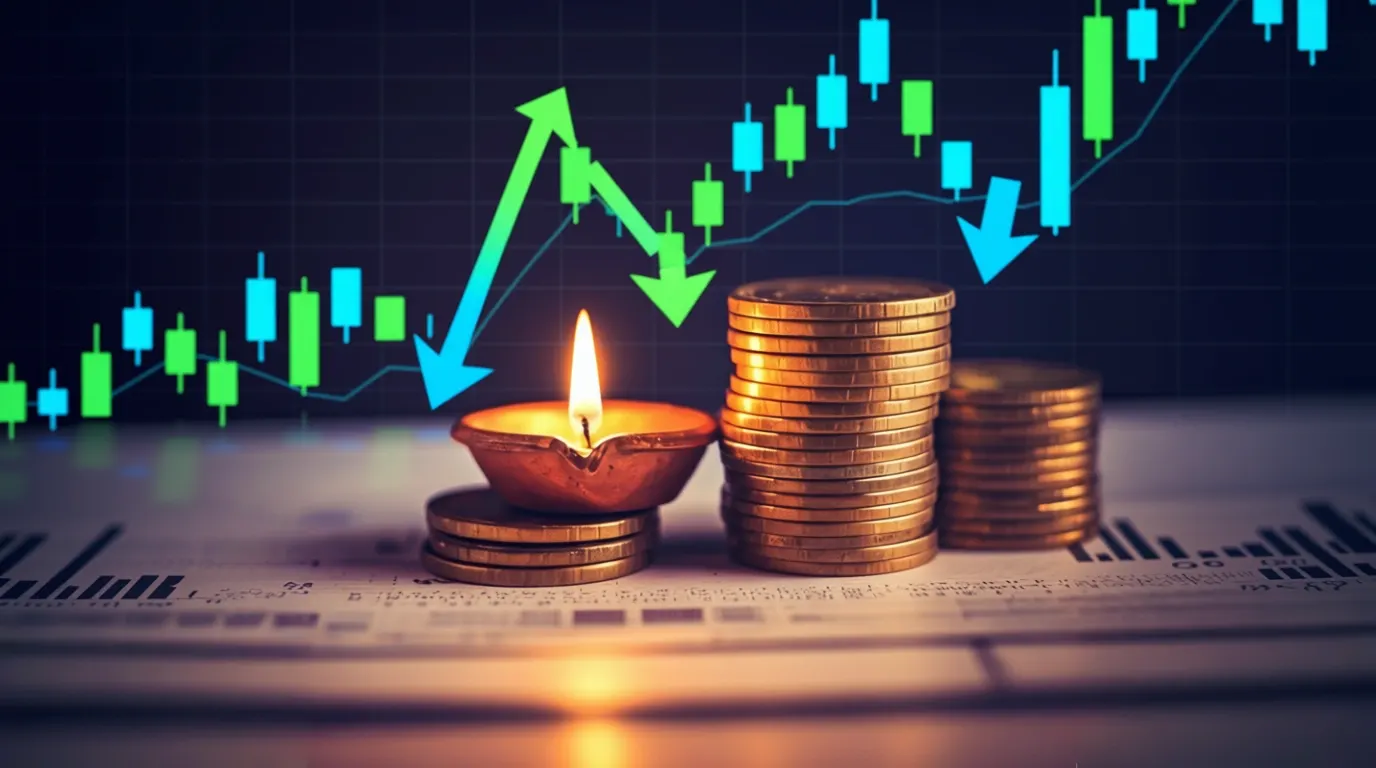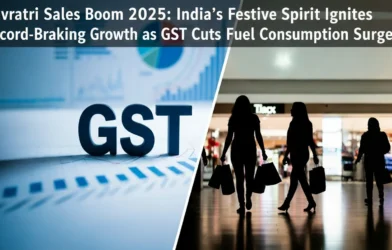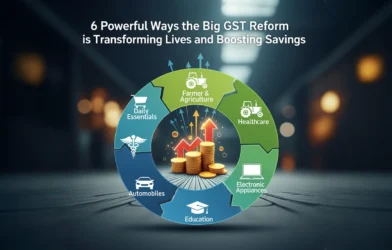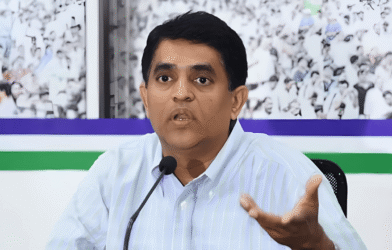Author: Aditya Pareek | EQMint | General News
India’s festive economy is about to witness a remarkable upswing. With GST 2.0 reforms now in effect, economists predict that this Diwali could mark the strongest retail performance in years. Lower tax rates, stable prices, and growing purchasing power are aligning perfectly to ignite a new wave of consumer spending.
A timely boost for festive budgets
The revamped GST system — now streamlined into fewer slabs — has reduced prices on several consumer goods, from home appliances to packaged foods. These rate adjustments mean shoppers will find more room in their budgets for discretionary purchases. For middle-class households planning Diwali upgrades, the timing couldn’t be better.
Economists believe the new regime will deliver a clear benefit at checkout counters, with simplified compliance encouraging more retailers to pass on tax savings directly to customers. Small traders, too, are optimistic, as the reduced paperwork and digital filing ease have made doing business smoother.
Inflation cools, confidence rises
India’s retail inflation has remained moderate through the last quarter, providing consumers with breathing space to spend freely. Combined with steady salary growth and better rural income flow, this has strengthened household confidence. Experts note that the psychological factor is just as important as the monetary one — people feel they can spend without stretching their finances.
The result? A festival season driven by optimism. “When inflation is low and taxes are fair, the desire to celebrate grows stronger,” one economist noted.
Sectors ready to shine
The biggest beneficiaries of this festive surge are expected to be:
- Electronics and gadgets: With reduced GST slabs, major brands are preparing big festive discounts to attract first-time buyers.
- Automobiles: Two-wheeler and entry-level car sales are projected to rise sharply as affordability improves.
- Fashion and lifestyle: Apparel and accessories are likely to record double-digit growth, especially through e-commerce platforms.
- Home décor and furnishings: Diwali renovation and gifting trends are expected to soar, helped by lower taxes on select durables.
Urban centres such as Delhi, Mumbai, and Bengaluru will likely lead in value terms, while Tier-2 and Tier-3 cities will drive volume growth.
Retailers prepare for record footfalls
Retail chains and e-commerce companies are already ramping up operations. Inventory levels have been increased, logistics streamlined, and marketing campaigns intensified. Early data from pre-Diwali sales show a 15–20 % jump compared to last year’s figures.
Experts say the festival’s emotional pull, combined with the perception of “better prices under GST 2.0,” is creating a perfect storm for consumption. Online marketplaces are reporting surging demand for smartphones, appliances, and home décor, while offline retailers are witnessing packed showrooms well before Dhanteras.
A celebration backed by reform
Beyond the shopping spree, GST 2.0 symbolizes more than just economic policy — it represents the government’s effort to simplify business while fueling demand. For consumers, the reforms have turned into tangible savings; for traders, a cleaner, faster tax system; and for the economy, a festive season that could inject billions into circulation.
The synergy between stable inflation, consumer sentiment, and tax reform has rarely been this strong. Economists agree that the coming weeks will test the sustainability of India’s domestic demand, but the indicators all point to a vibrant, high-spending Diwali.
The festive forecast
With policy and prosperity working hand in hand, this year’s Diwali is expected to deliver unprecedented sales figures across sectors. From gold and gadgets to groceries and garments, the sparkle of spending is set to return — brighter than ever before.
In short, GST 2.0 has done what few policies manage to do — make both consumers and businesses smile this Diwali.
Disclaimer: This article is based on information available from public sources. It has not been reported by EQMint journalists. EQMint has compiled and presented the content for informational purposes only and does not guarantee its accuracy or completeness. Readers are advised to verify details independently before relying on them.









